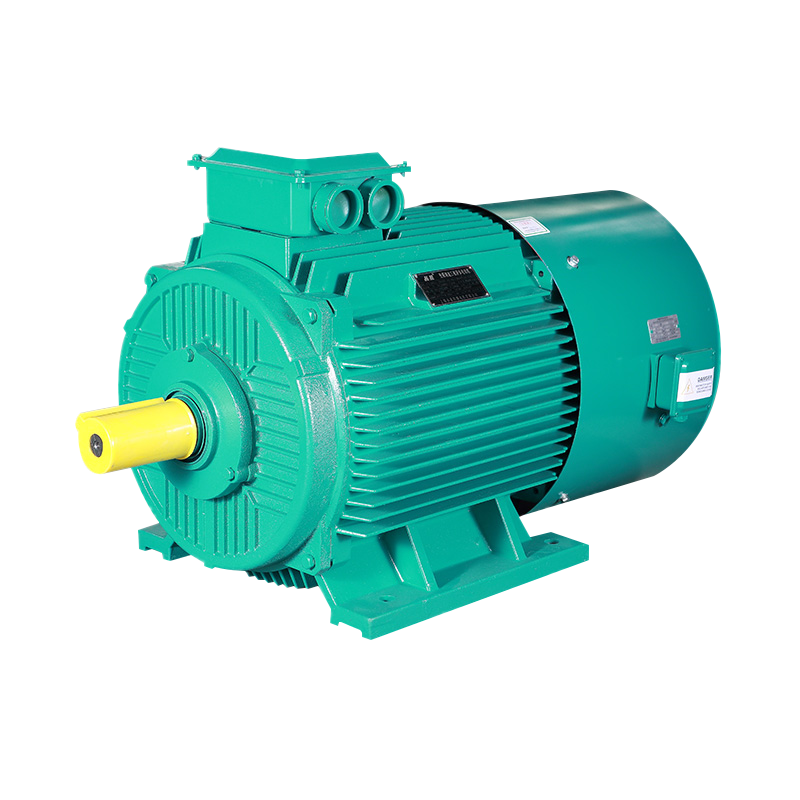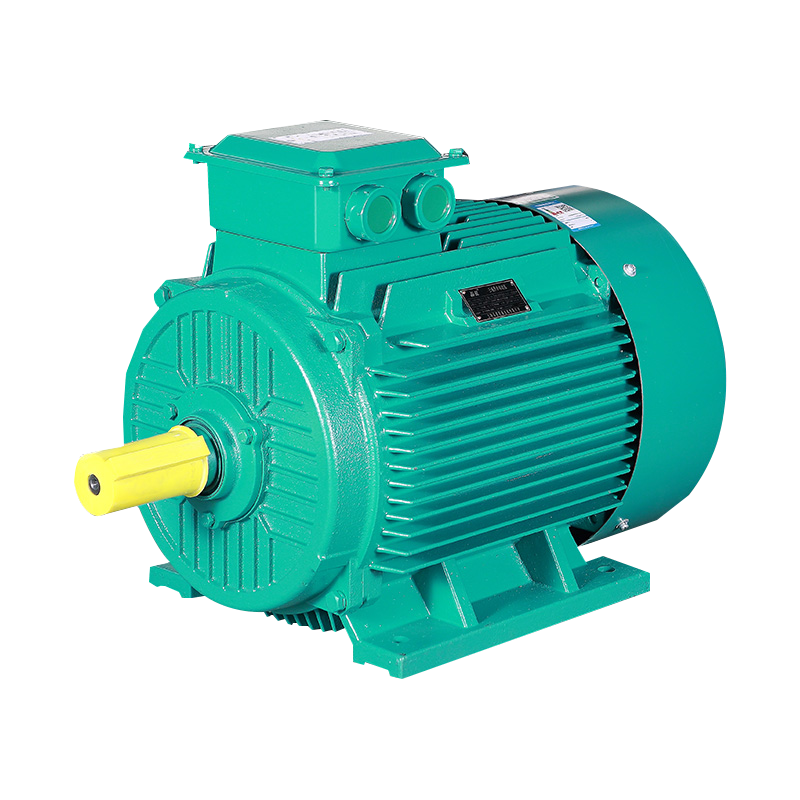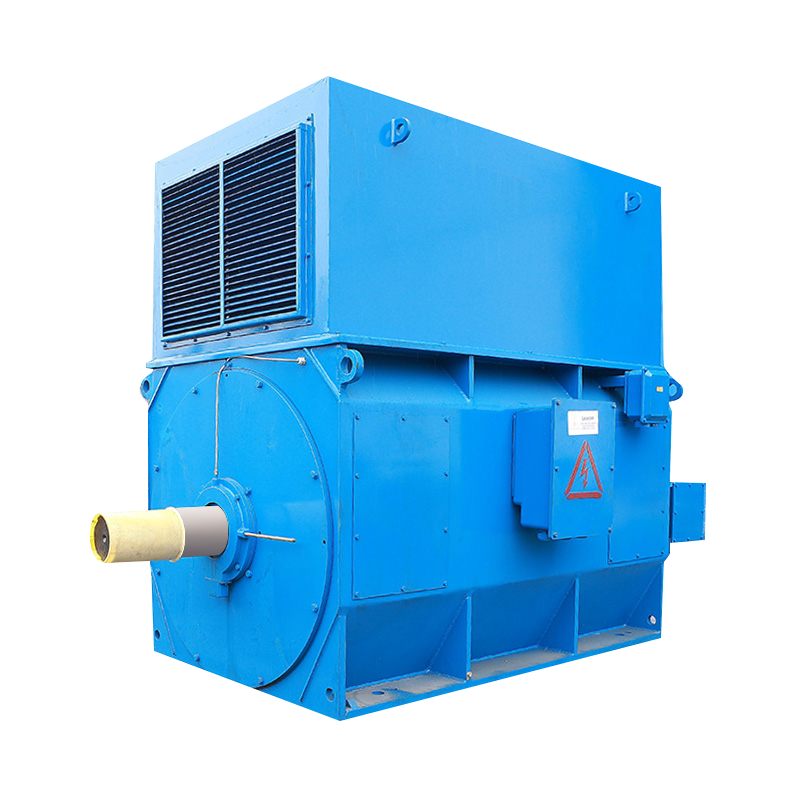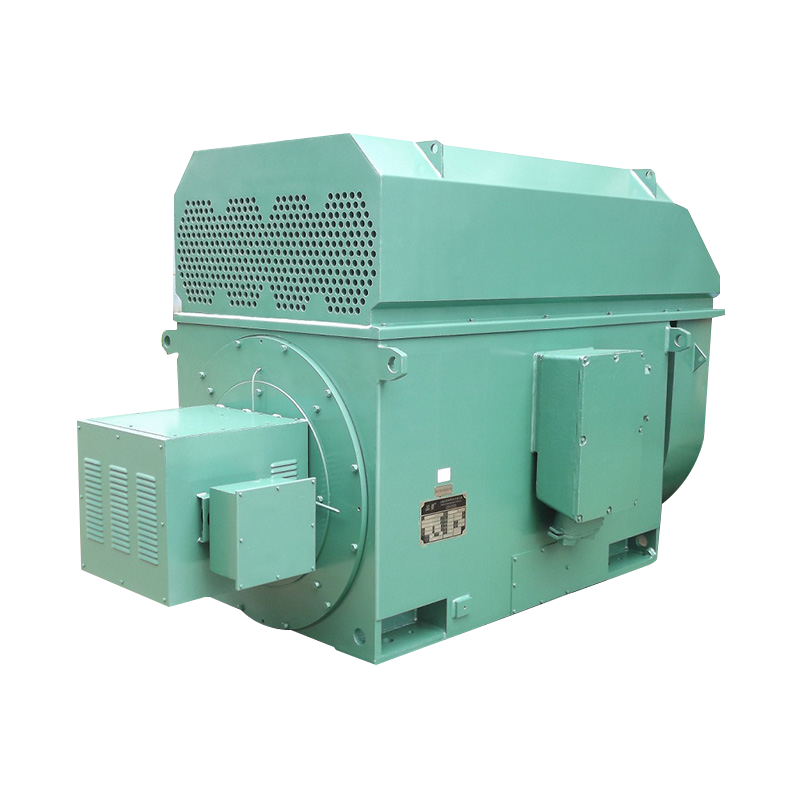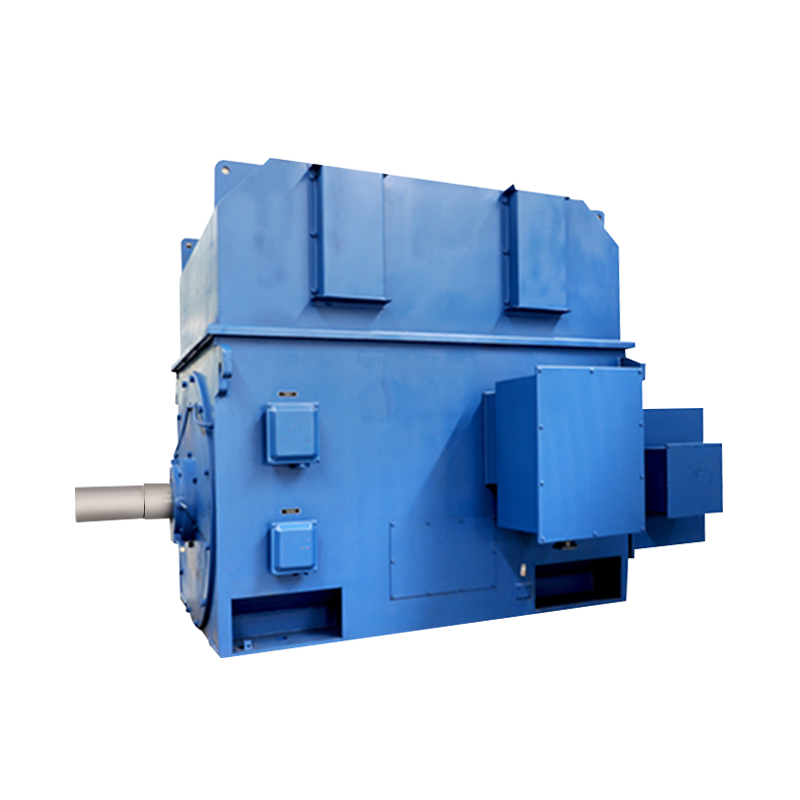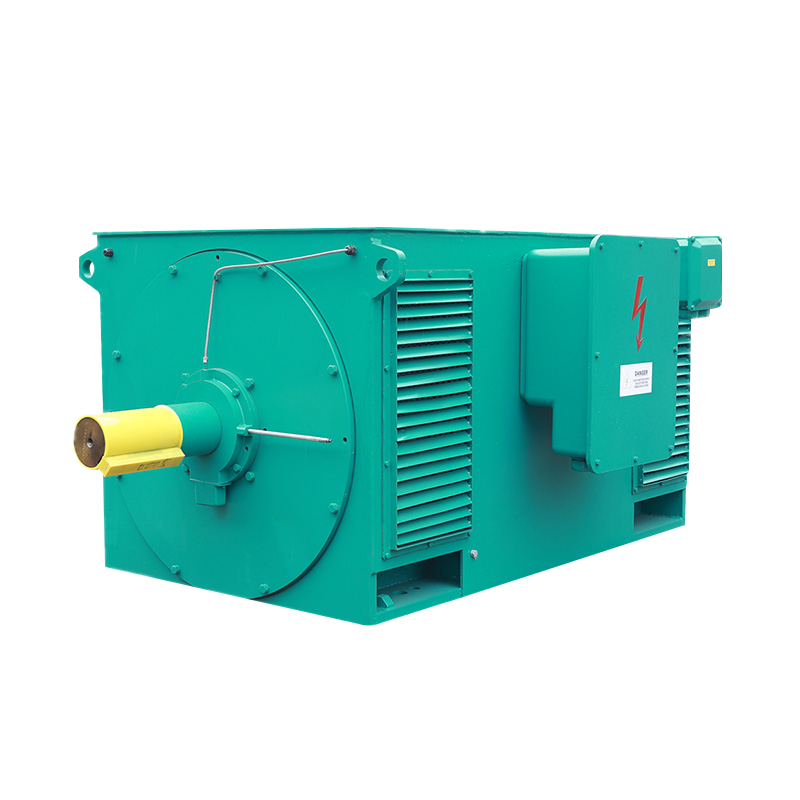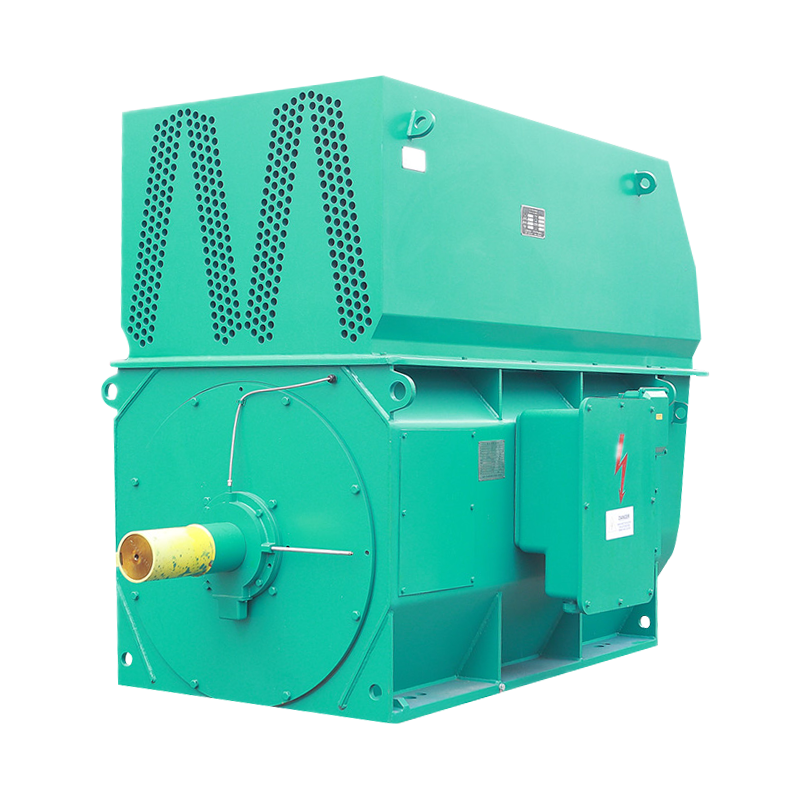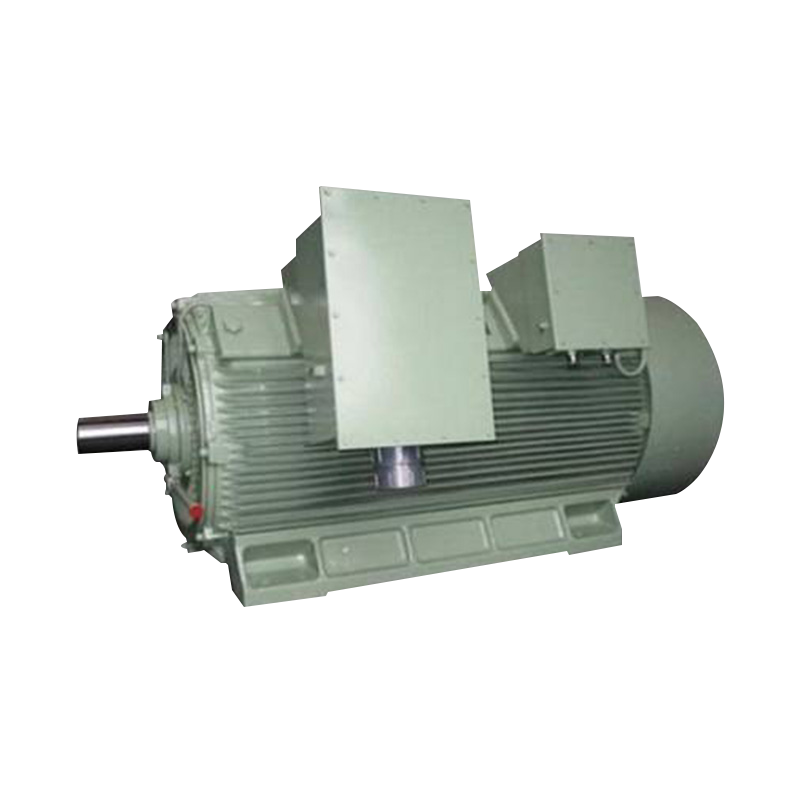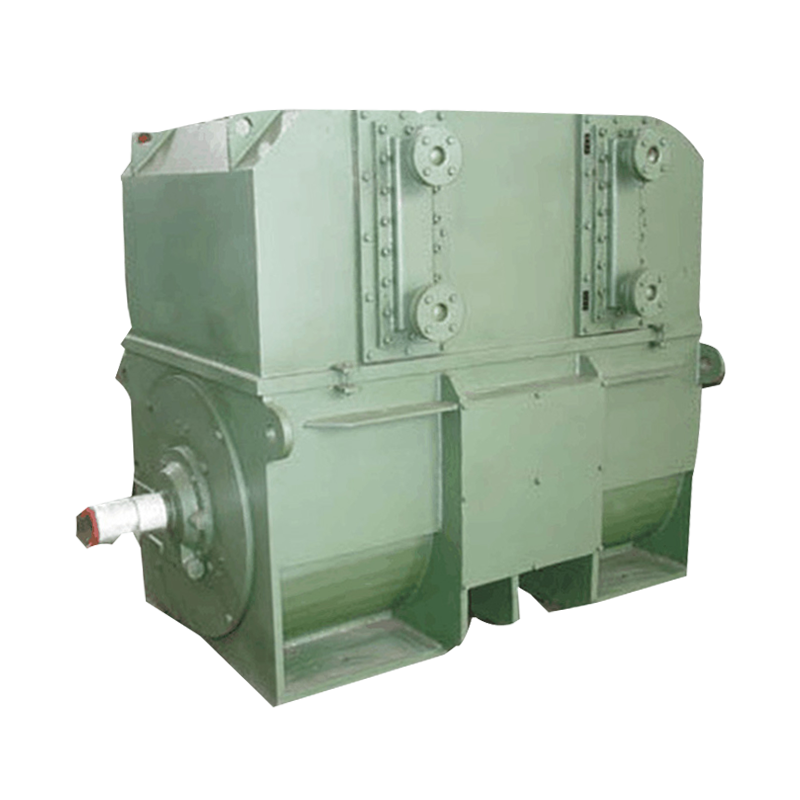LOW VOLTAGE MOTOR's pole-changing speed regulation
In the vast field of electric power transmission, low-voltage motors are key devices for converting electrical energy into mechanical energy. Their performance and speed regulation capabilities directly affect production efficiency and the stability of equipment operation.
Among the many speed regulation methods, pole-changing speed regulation has become an important technology in the field of low-voltage motor speed regulation with its unique principle and wide application scenarios.
Pole-changing speed regulation is a way to regulate speed by changing the number of pole pairs of the motor. In motor design, the number of pole pairs is inversely proportional to the synchronous speed, that is, the more pole pairs, the lower the synchronous speed; conversely, the fewer pole pairs, the higher the synchronous speed. By changing the number of pole pairs of the motor, its synchronous speed can be easily adjusted to achieve the purpose of speed regulation.
In low-voltage motors, pole-changing speed regulation is usually achieved by changing the wiring method of the stator winding. Specifically, by switching the wiring method inside the winding, the winding originally designed as a single pole pair can form a magnetic field with a multi-pole pair, or vice versa. This switching is usually done through an external controller or switch device, so that users can choose the appropriate number of pole pairs according to actual needs to achieve the purpose of speed regulation.
Pole-changing speed regulation has been widely used in many fields due to its simplicity and reliability. The following are some typical application examples:
Fans and pump equipment: In ventilation systems, water supply and drainage systems and other occasions where air volume or flow needs to be adjusted, pole-changing speed-regulating motors can adjust the speed according to actual needs, thereby accurately controlling the air volume or flow to achieve the purpose of energy saving and consumption reduction.
Machine tools and production lines: In mechanical processing and automated production lines, pole-changing speed-regulating motors can meet the different speed requirements of different processing procedures, improve processing accuracy and production efficiency.
Agricultural machinery and equipment: In agricultural irrigation, harvesting and other operations, pole-changing speed-regulating motors can adjust the speed according to crop growth and operation requirements, and improve operation quality and efficiency.
Public facilities: In public lighting, elevators and other occasions, pole-changing speed-regulating motors can adjust the speed according to environmental changes and personnel flow, achieving a dual improvement in energy saving and comfort.
Advantage Analysis
The application of pole-changing speed regulation in low-voltage motors brings many advantages:
Simple structure: pole-changing speed regulation does not require additional speed regulation devices and complex control systems. Speed regulation can be achieved by changing the winding connection method, so the structure is relatively simple and easy to maintain.
High reliability: Since pole-changing speed regulation does not involve complex electronic components and control systems, it has high reliability and can operate stably in harsh working environments.
Low cost: Compared with other speed regulation methods, the manufacturing cost and maintenance cost of pole-changing speed regulation are relatively low, which is suitable for large-scale promotion and application.
Moderate speed regulation range: Although the speed regulation range of pole-changing speed regulation is relatively limited, it can meet the needs of most industrial applications. At the same time, its speed regulation process is smooth and will not cause excessive impact on the motor and load.
Low-voltage motor pole-changing speed regulation occupies an important position in the field of electric transmission with its unique principles, wide application scenarios and significant advantages. With the continuous advancement of technology and the continuous expansion of application fields, pole-changing speed regulation technology is expected to play a more important role in the future.





 English
English русский
русский Français
Français عربى
عربى
